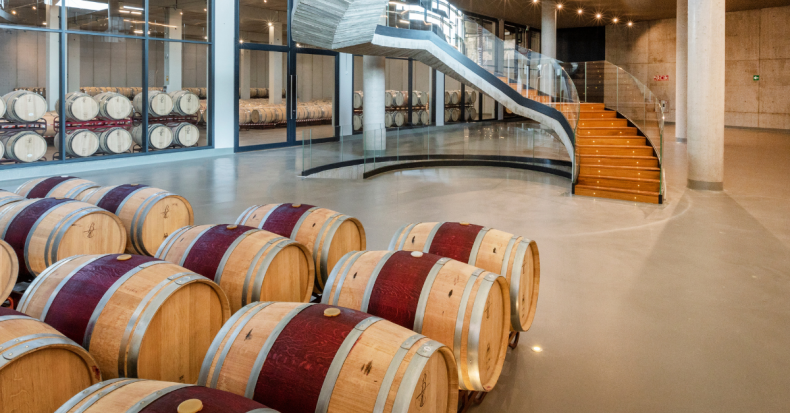Beronia Mixed Oak Barrels
Before we get into what makes our pioneering mixed-oak barrel aging so pioneering, let’s have a quick look at the basics...
What does aging wine in oak barrels do?
Aging a wine in oak barrels serves two main purposes:
1) Gifting additional layers of flavour and aromas to the wine (more on that later!) and
2) Tannin influence. Grapes have tannins (that slightly gritty, astringent feeling in the skin) as do oak barrels. Like all good partnerships, when these tannins combine and soften over time (thanks to the barrels allowing in a little oxygen) they create a much more appealing element to the finished wine than either could ever achieve on their own.
What are these barrels made of?
The most common types of oak used are French and American. It isn’t all about proximity however, as wine makers choose the type of oak barrel based on how it will work best with their wines. Plenty of wineries in the USA opt for French oak, and in Rioja, it’s actually American oak that’s used most widely.
What’s the difference between French and American oak?
One of the key differences between the two are the influences each has on the aromas and flavours of the final wine. American oak is renowned for its bigger, bolder flavours such as coconut and vanilla, well suited to punchier styles of wine, whereas French oak offers more subtle spice and toasty, nutty characteristics that blend perfectly with more delicate wines.
Any other differences?
Level of ‘toast’ (what you'd imagine this to mean - the level of 'heat' or charring applied to the inside of a barrel) and the age and size of the barrels will also play a big part.
- The higher the toast, the bigger the flavours - that’s an easy one.
- The younger the barrel, the more flavour it will impart. Sometimes the preference is actually to use older barrels to focus more on that tannin effect of the final wine, so younger isn’t necessarily better in the world of barrels!
- The smaller the barrel, the more liquid will come into contact with the wood, so the more obvious the oak influence will be.
.. and that’s just a topline look at oak barrels and wine aging!
So that brings us to the big question we set out to answer at the beginning, ‘What’s so special about the mixed oak barrels that Beronia pioneered?’
When our winemaker Matías came up with the idea, not everyone was immediately on board! He tells us - ‘When we asked the cooper to make a barrel with two different types of wood, he said we were mad!’
But Matías persevered, knowing the result would be worth waiting for! By eventually getting barrels made with American oak staves and French oak ends, the wines were to get the best of both worlds. A unique combination of complex aromas and flavours, each element of the barrel bringing out the very best of the wine, resulting in what is still known today as the unique ‘Beronia style’.
Of course, it’s also worth remembering the quality of wine begins long before this process. It’s not the oak aging on its own that determines the quality of wine, it’s the way in which the oak can amplify the quality and characteristics of the wine it holds. If not for Beronia’s dedication to looking after the land, producing the very best grapes using sustainable measures, the use of oak in the aging of the wine would be all in vain.




